Portglenone Area
Situation of Portglenone
Portglenone is situated some 14 kilometres west of the centre of Ballymena town by the A42 road and is approximately 20 kilometres from Slemish Mountain. It is on the banks of the River Bann 7 kilometres north of the river's outflow at Lough Beg. This Linear settlement on an east-west axis aligns with the river bridge but the main street opens halfway into a long, tapered square known as the Market Square. The area is bound on the west by the northerly-flowing River Bann.
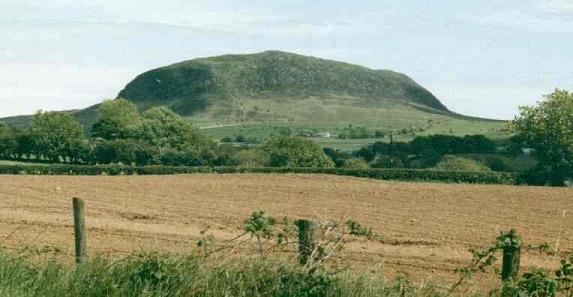
Historical Background
Portglenone grew because of it's position on the navigable River Bann (joining Lough Neagh to the sea) and the important river fording places at Glenone and Portnakim. The castle was erected in c.1197 A.D. by John de Courcey (the first Anglo-Norman Invader of Ulster) to protect these crossing places between Co. Antrim and Co. Derry and as one of a chain of such castles along the Bann.
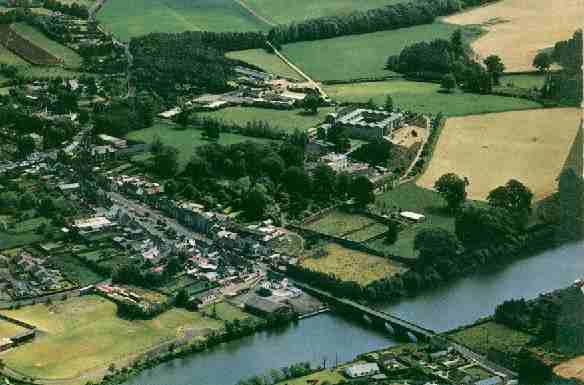 Portglenone's Bridges
Portglenone's Bridges
A ferry was replaced at some time by a fine timber bridge (mentioned in 1683 by Richard Dibbs), It was in turn replaced by a seven arch basalt bridge in 1824 and the 3-arch present stone structure in 1853 under the construction of Sir David Charles Lanyon following the deepening of the river by the Board of Works in 1851. During this work, many neolithic (2,500 - 2,000 B.C.) and Bronze Age (2,000 - 300 B.C.) weapons were found. Below is a picture of the bridge with the "Maid Of Antrim" anchored at the quay beside "The Wild Duck" where Portglenone C.C.E.'s monthly session s are held on the last Tuesday of the month.
 Portglenone House
Portglenone House
Portglenone Castle in turn was occupied by many noteable men including Sir Francis Stafford Knight (Governor of Ulster c.1603 A.D.). Charles Hamilton (c.1779) demolished it a few years later with the replacement, "Portglenone House", built nearby in 1810. He enlarged the house in 1850 and it passed to a relative afterwards, eventually becoming part of the Cistercian Monastery.
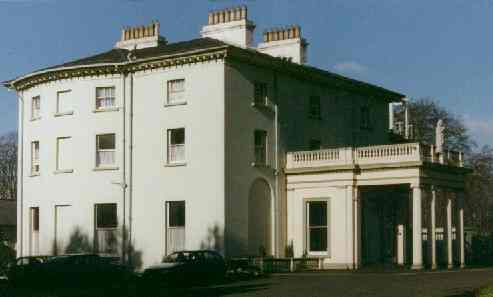
Church Of Ireland
A Courthouse and Marshallsea was built in Market Square about 1787/8 where the Petty Sessions and Manorial Court met. The Portglenone Secedders worshipped there in 1821 but the building ceased to be used as such in the early 20th Century. The Church Of Ireland was erected at the corner of the Ballymena/Townhill Roads soon after 1735 by Bishop Francis Hutchinson and became parish church proper in 1840.
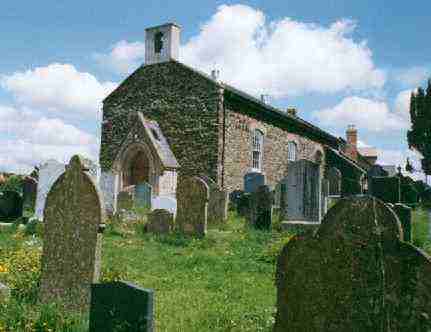
Aughnahoy Chapel
The Aughnahoy Roman Catholic chapel on the Ballymena Road was commenced in 1774 by Father John Cassidy.
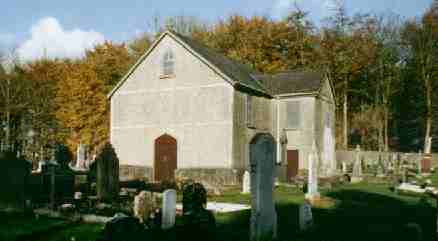
St. Mary's Roman Catholic Church
Aughnahoy Chapel was replaced by St. Mary's Church (A Romanesque gothic building) in 1871.
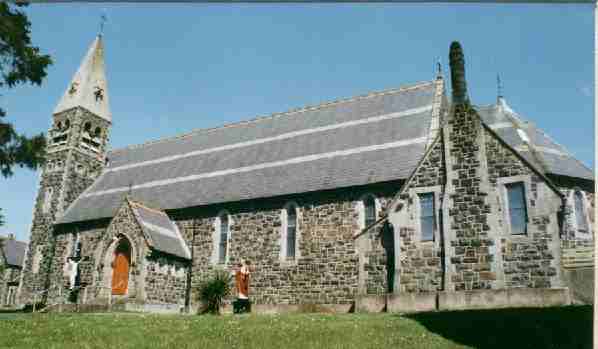
Third Presbyterian Church
The Townhill Old Church was built about 1821 but became disused after it's congregation was dissolved in 1910 and now lies in ruins with it's graveyard. The 3rd Presbyterian Church, Townhill Road which was founded in 1839 had it's facade remodelled in 1847 and the main church was rebuilt after a fire in 1965, and in a Romanesque style with a mockround tower.
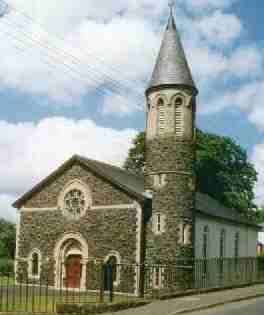
First Presbyterian Church
The First Presbyterian Church in Main Street was built in 1870-73 by Young and McKenzie in the Gothic style.
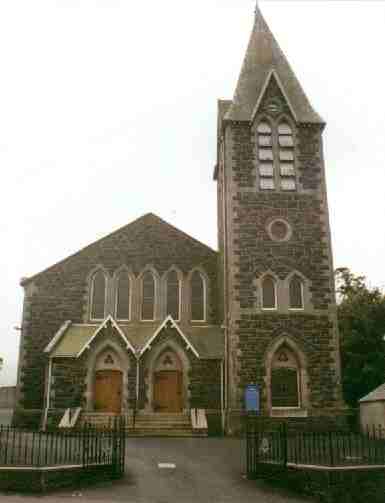
Portglenone Cistercian Monastery
The Cistercian Monastery was designed by P. Murray of Dublin and completed in the early seventies.

In 1831 there were 10 public schools (600 pupils) and three private schools (70 Pupils). More recently, there were only two primary schools: Portglenone State School (Built c.1875 which is now the Public Library with the new school built on the Hiltonstown Road) and St. Mary's Voluntary School (150 pupils) on the Ballymena Road.
Pictures and information from the historical files of Mr. Tony Convery.